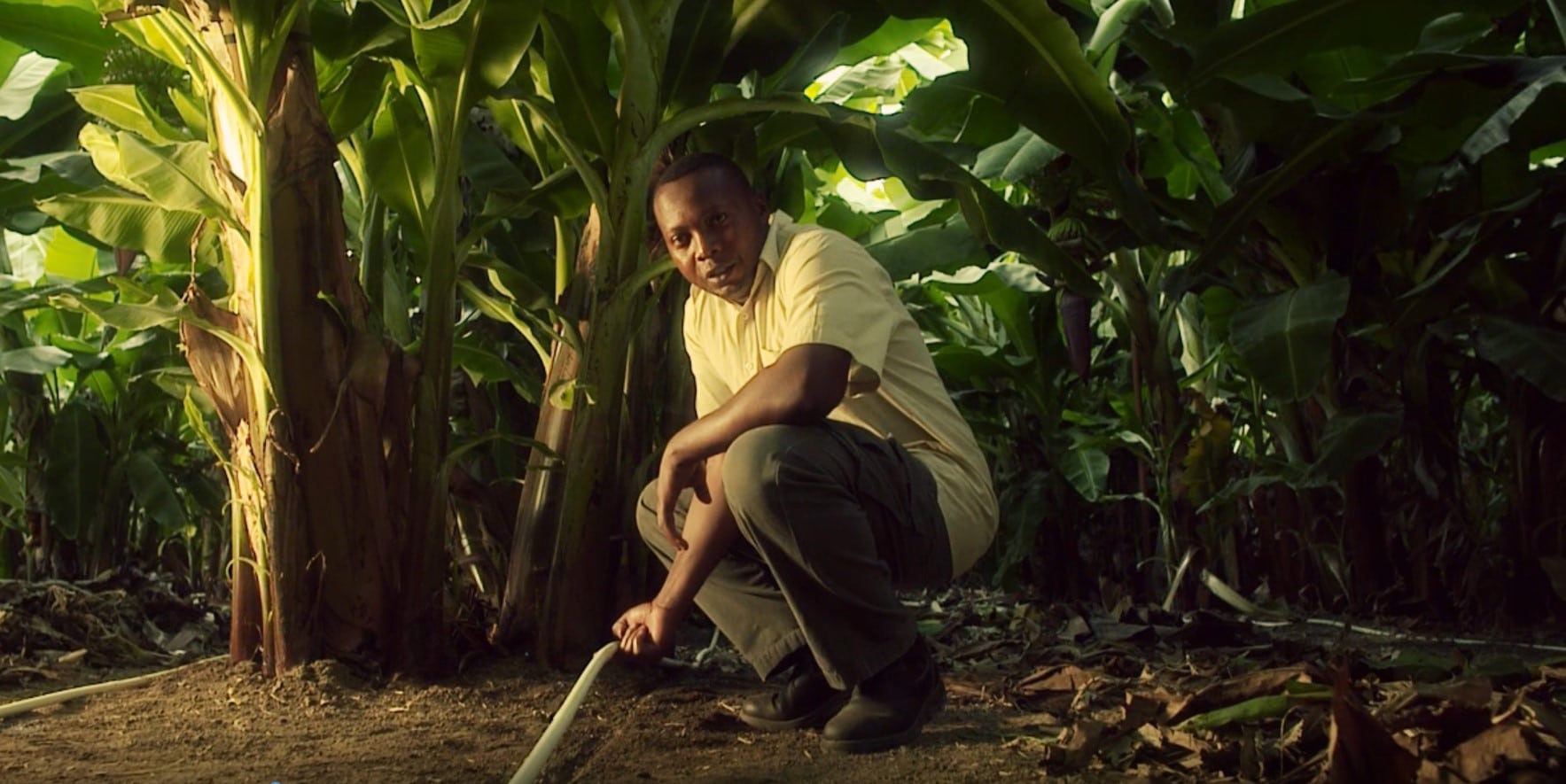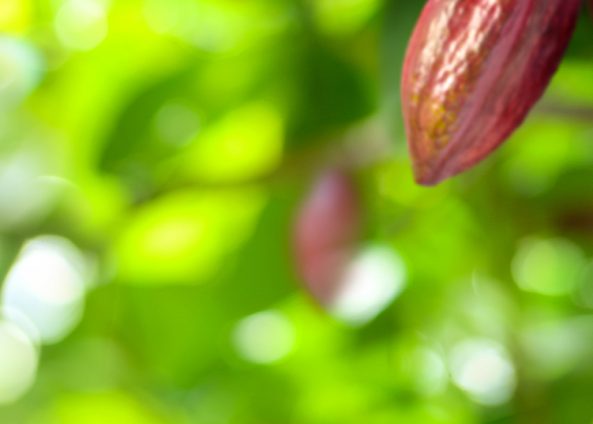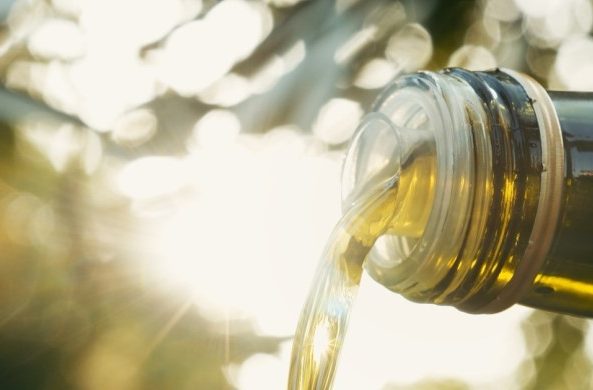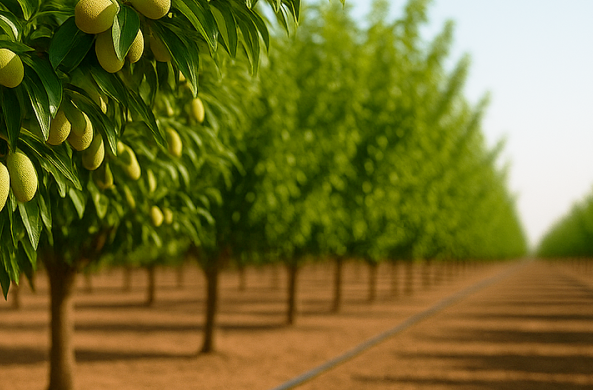
Maximize Your Banana Crop’s Growth Potential
Bananas: Maximizing Your Return
Bananas are a high yield crop with 40 – 80 t / ha production per year. The plant is herbaceous and the orchard is renewed every year. Bananas are unique in that they provide a full yield in the first year of growth. However, they are highly susceptible to root disease and are extremely nutrient and water ‘hungry’. In addition, for each ratoon year of the crop, careful water and nutrient management is required to maximize the yield, reduce the need for replanting and ultimately, to maximize profit.
Success Story: 1000 ha Banana Project in Ghana
1000 ha banana plantation
- 400 mm main lines and PEHD submains.
- Automated primary filtration system and semi-automatic secondary filtration.
Using Rivulis Hydro PCND 17 mm drip line
- Unique award winning drip line with pressure compensating and no drain drip line feature. The 17 mm diameter allows for longer run lengths than common 16 mm configurations without the cost of upgrading to 20 mm diameters.
Making the Case for Irrigation
Irrigation is critical to maximizing your crop’s growth potential, even in areas with high rainfall. Irrigation requirements in tropical areas are often different than those of sub tropical areas.
Tropical areas
The purpose of irrigation is generally supplemental and enables efficient distribution of fertilizers through the irrigation system. Like many crops, bananas have a critical growth stage. Bananas are a continual production crop, meaning this critical growth stage will occur during the three months of dry season for a large number of plants.
If the crop is not irrigated during this dry season, it will severely impact the yield and size of the bananas.
Therefore, the purpose of irrigation in tropical areas is supplementary to ensure yield growth during the season.
Sub-tropical areas
In sub-tropic and even newer developments in arid / semi-arid areas, conventional irrigation is used. The purpose of this irrigation is year-round irrigation to ensure the crop receives its full water requirement, and therefore maximizes yield potential.
Flood Irrigation & Drainage
Poor drainage can result in water logging.
This is also a common problem with flood irrigation and why it is not advised if you want high yielding crops. The impact of water logging includes shallow root systems, small plants and bunches, pseudo-stem breakage, reduced finger length and increased nematode damage.
A well-designed drip / sprinkler system with good drainage will help alleviate the risks of water logging and the subsequent damage.
Precision Nutrition Management
Bananas need huge volumes of fertilizers, especially nitrogen and potassium. A high yielding crop also requires Ca, Mg, S, Fe, Cu, Zn, B, Mn and Mo. Deficiency in any of these elements will impact the crop.
Precision nutrition management is key to growth and can be achieved efficiently and effectively through a well-designed drip or micro sprinkler / sprinkler irrigation system, which delivers nutrients directly into the system. Manual application by hand has low uniformity and requires more fertilizer to be applied which means higher costs. Fertilizer through overhead irrigation also has very poor uniformity as the fertilizer falls on the leaves and then falls in a random pattern to the ground.
Online Drippers for Uniform Propagationt
Banana propagation irrigation can easily be delivered through Rivulis Supertif & Corona online drippers.
The drippers are installed into LDPE tubing and then connected to a PE hose.
Rivulis Supertif drippers feature pressure compensating and no drain options for uniform regulation and pulse irrigation.
Sprinkler & Micro Sprinkler Irrigation
Sprinklers and micro sprinklers are the most common systems in tropical environments where supplementary irrigation is required.
| Micro sprinklers such as Rivulis RFR and Rivulis S2000 PC provide pressure compensation and excellent agronomic advantages due to their wide water distribution diameter. Typically micro sprinklers are connected to LDPE tube along the rows at intervals of 3 – 4 m according to the planting scheme. Impact sprinklers such as the Rivulis S5000 provide continued reliability season after season. For good crop management, it is important to visually inspect all micro sprinkler and sprinkler systems to ensure there is no damage (e.g., from a banana leaf falling on a sprinkler). |
 |
Typically micro sprinklers are connected to LDPE tube along the rows at intervals of 3 – 4 m according to the planting scheme. Impact sprinklers such as the Rivulis S5000 provide continued reliability season after season.
For good crop management, it is important to visually inspect all micro sprinkler and sprinkler systems to ensure there is no damage (e.g., from a banana leaf falling on a sprinkler).

Drip Irrigation for Bananas
Heavy wall pressure compensating drip line is an excellent irrigation solution for bananas.
The drip line is installed along the rows of the crop with generally 1-2 drip lines per row.
Lengths of run are generally 120 –150 m which can be achieved through pressure compensating drippers such as pressure compensated (PC) drip lines including Rivulis Hydro PC, Rivulis D5000 PC.
Product Feature: Rivulis S2000 PC Micro Sprinkler
Product Feature: Rivulis D5000 PC Drip Line
| 40 independent inlet filters across 3 zones in every D5000 PC emitter | Extra wide flow labyrinth to help prevent clogging |
 |
 |

Extra wide flow labyrinth to help prevent clogging
D5000 Flow x Pressure: Uniform flow over a wide range of pressures













